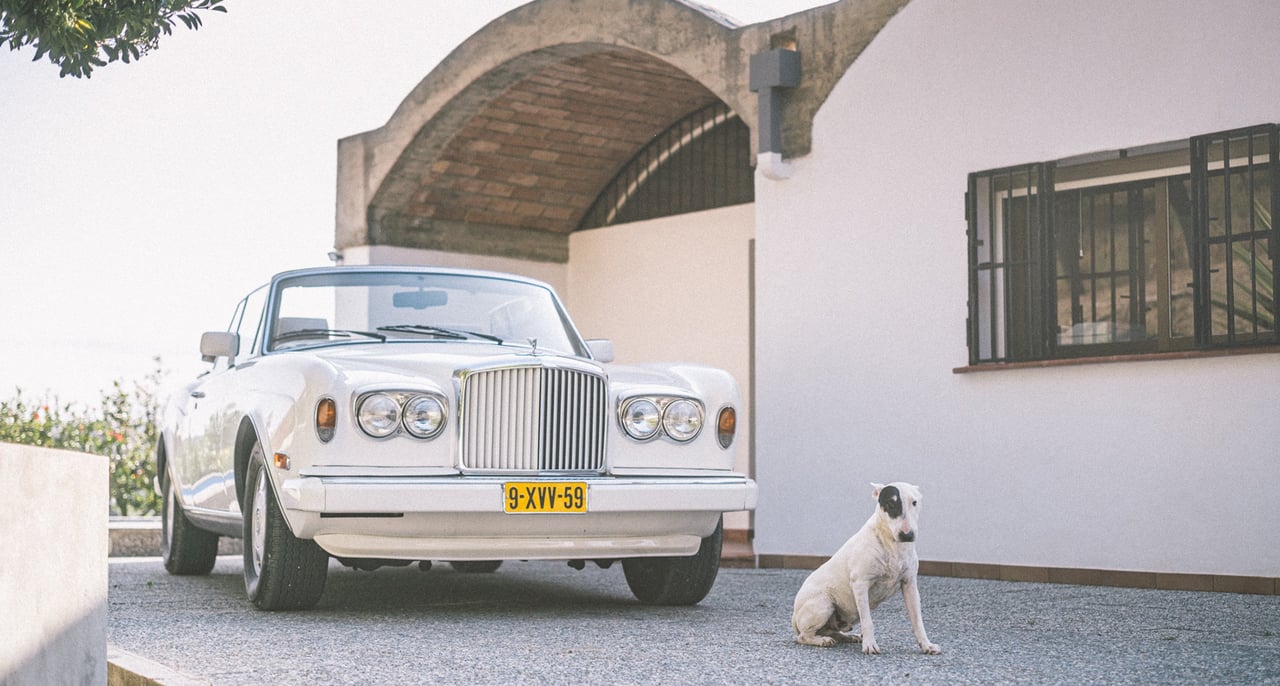
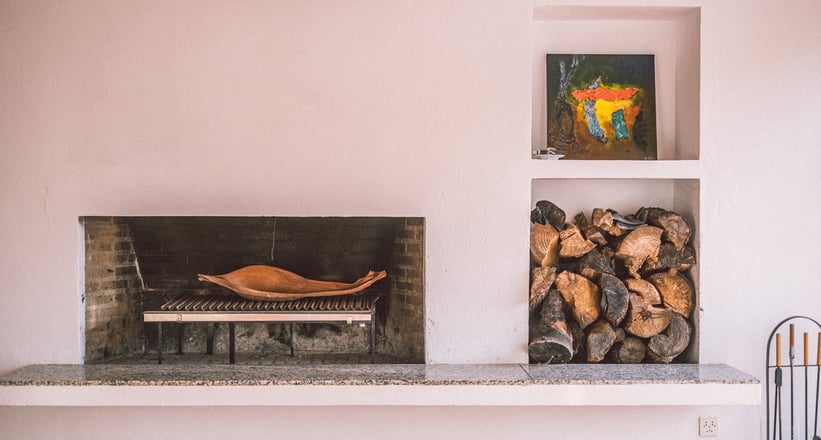
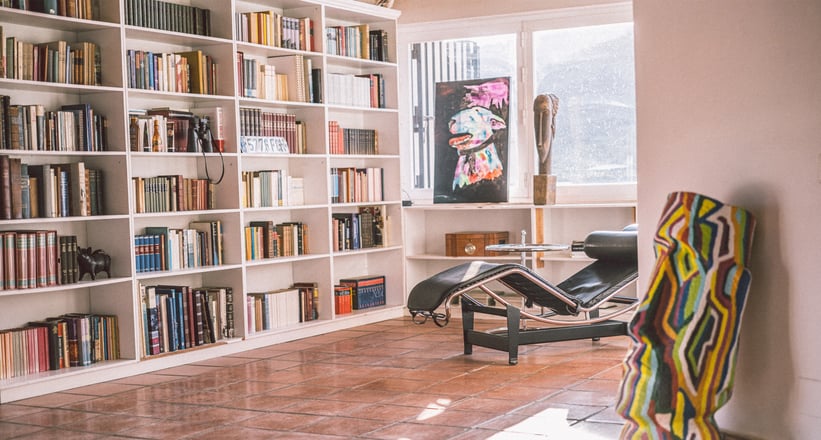
“You Belong To The City” is faintly playing from a cassette lodged deep in the belly of a Nakamichi CR7A deck, part of the gigantic same-brand, black and gold 7-series Hi-Fi stack. The nostalgic saxophone sound coming through a pair of Acoustic Research AR-3a’s speakers blends with birdsong and wind noise by the time it hits the far side of the terrace, where I stand to admire the view over the Genal river and the white Bentley parked beneath my feet.
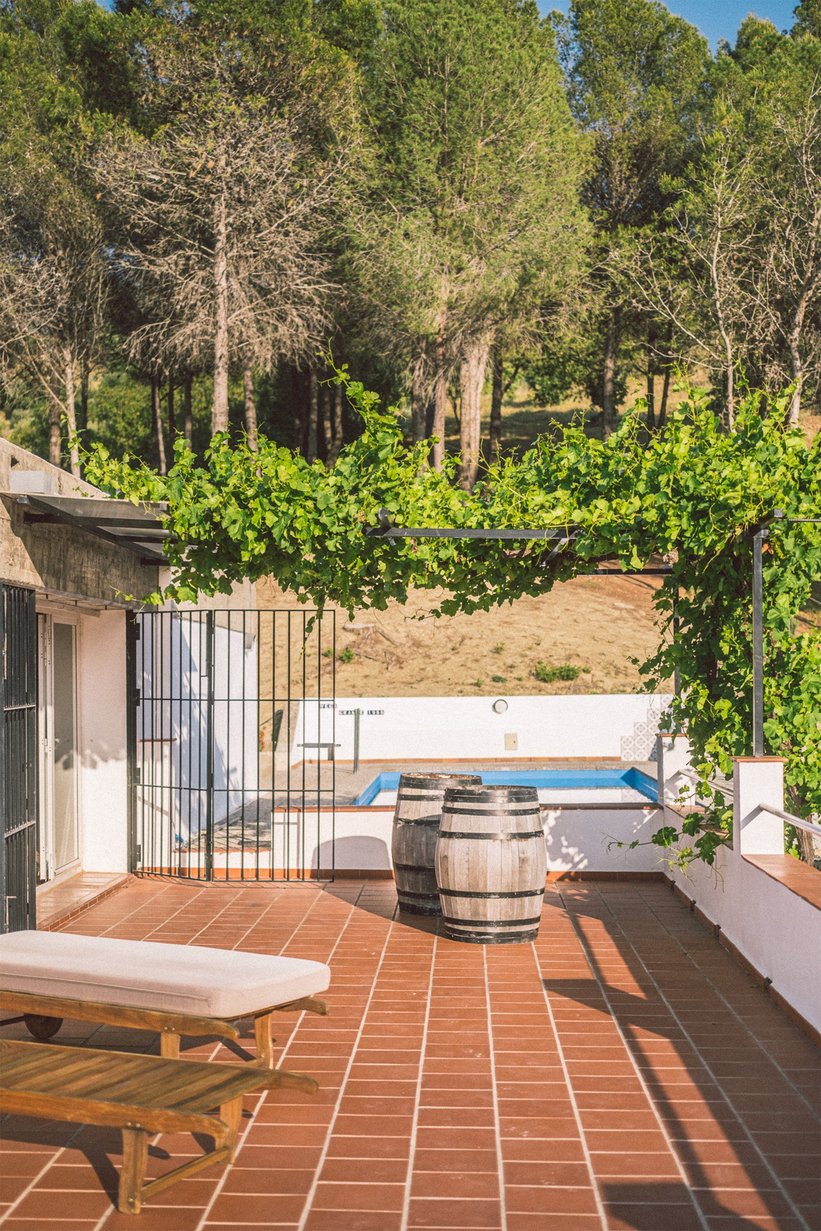
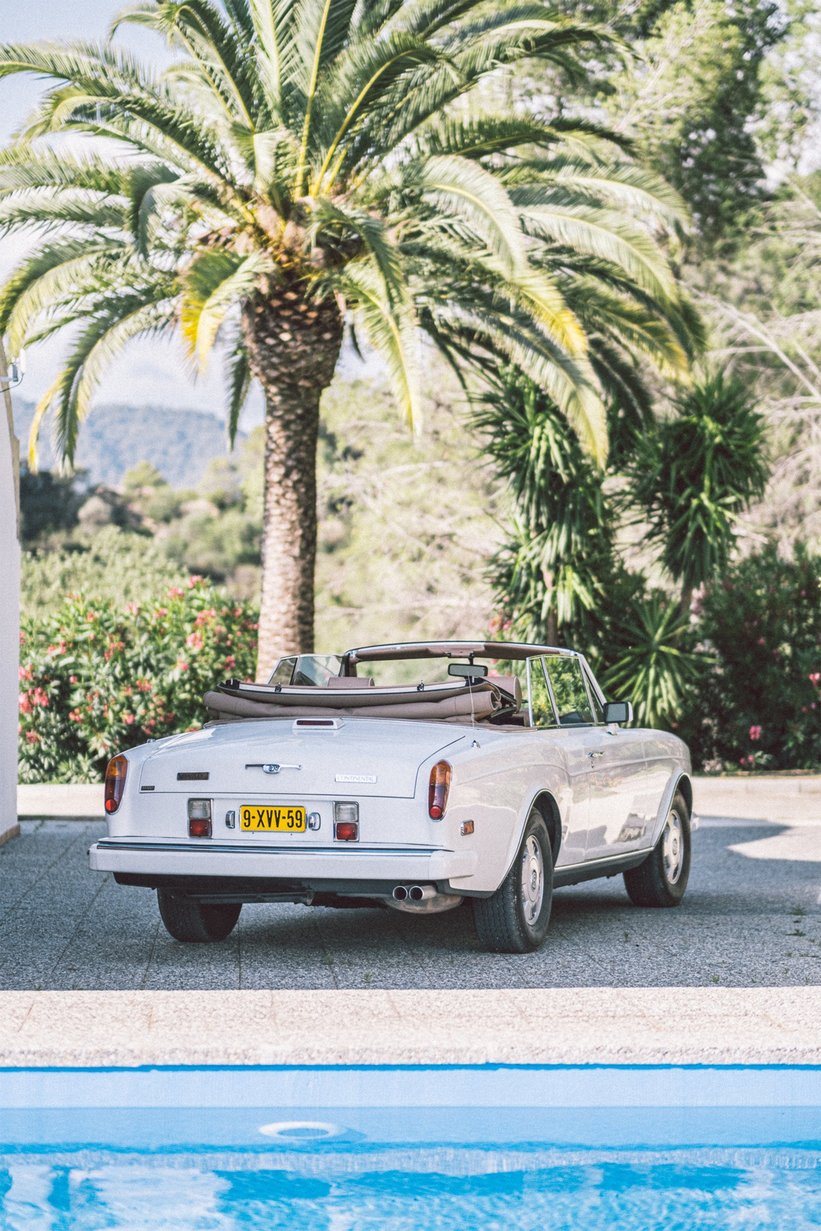
“The sun goes down, the night rolls in, you can feel it starting all over again” - I can barely hear the verses sung by Glenn Frey’s slightly hoarse voice at this distance. But he is right. The sun makes its way across the horizon and it will be dark in a half hour or so, when it disappears behind the hills on the other side of the valley. Just behind the ‘pueblo blanco’ of Gaucin, one of the area’s most picturesque towns. ‘Damn it, Glenn, how did you know I would long for some city cruising?’ I think to myself, while lighting up a cigarette.
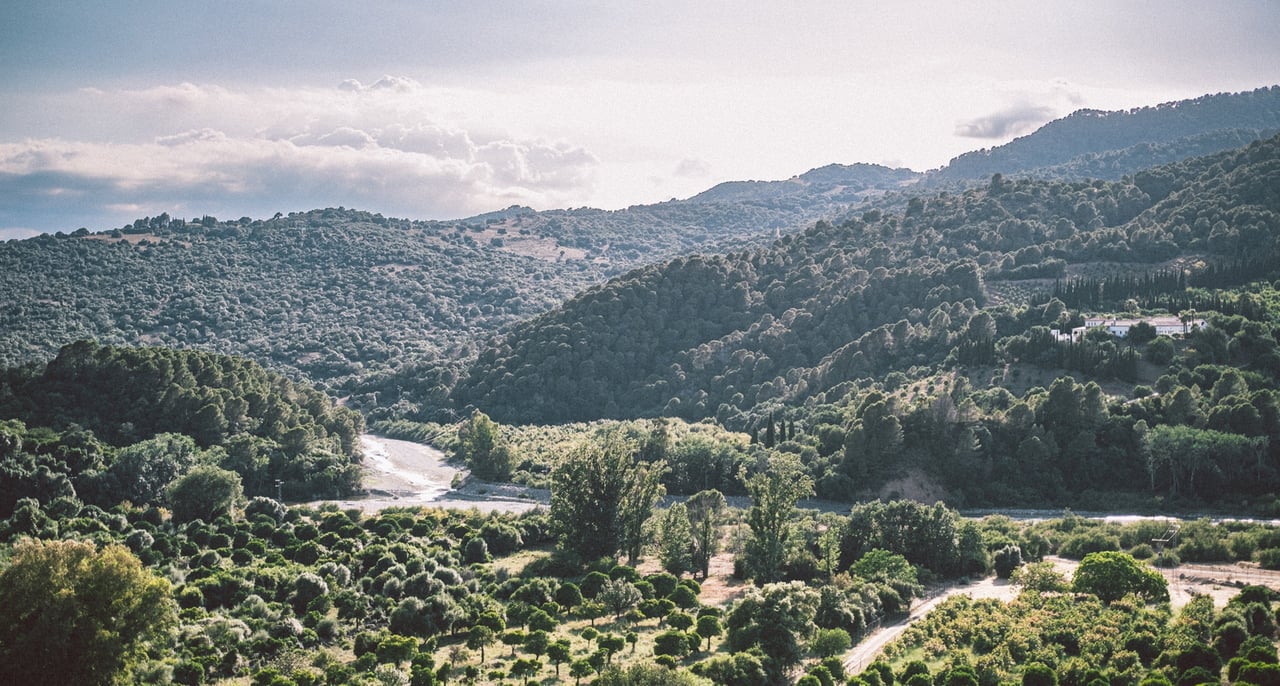
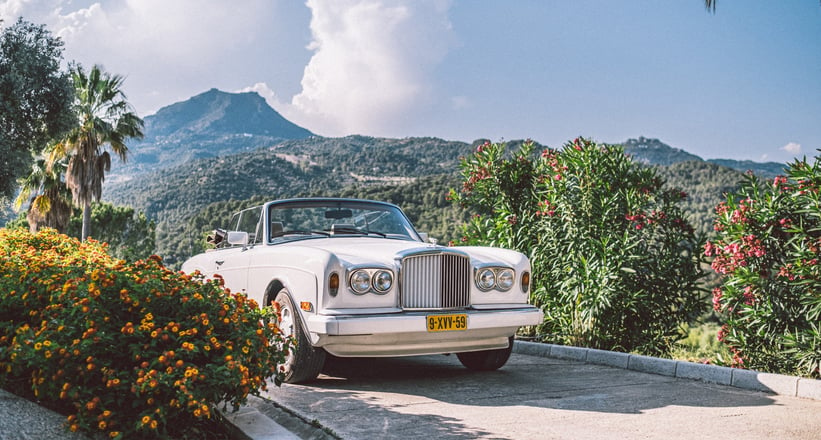
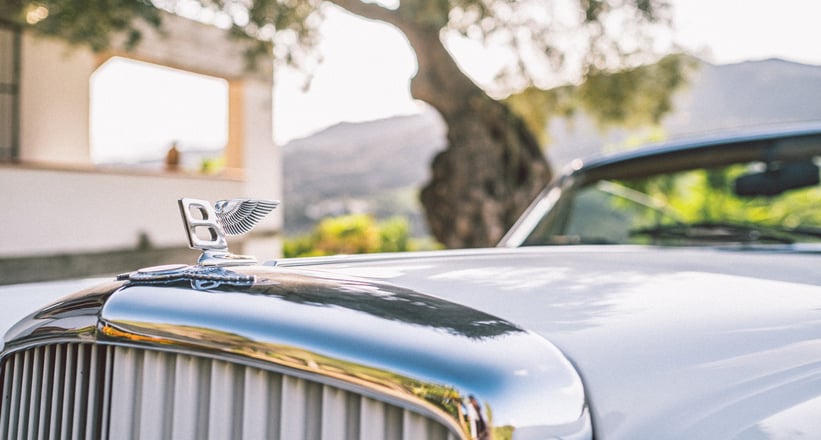
The land itself is a paradise. I’m surrounded by 35 hectares of rolling countryside terrain with almost no-one in site. It’s a wonderfully clear late afternoon. I can see the horses and donkeys grazing the pastures. They look like insects from the height of the terrace. The neat rows of orange trees below the guesthouse - now used by a farm hand, who takes care of it all- are right in front of me. I can see he’s in, as his pick-up is parked between the guesthouse pool and the old farm gate.
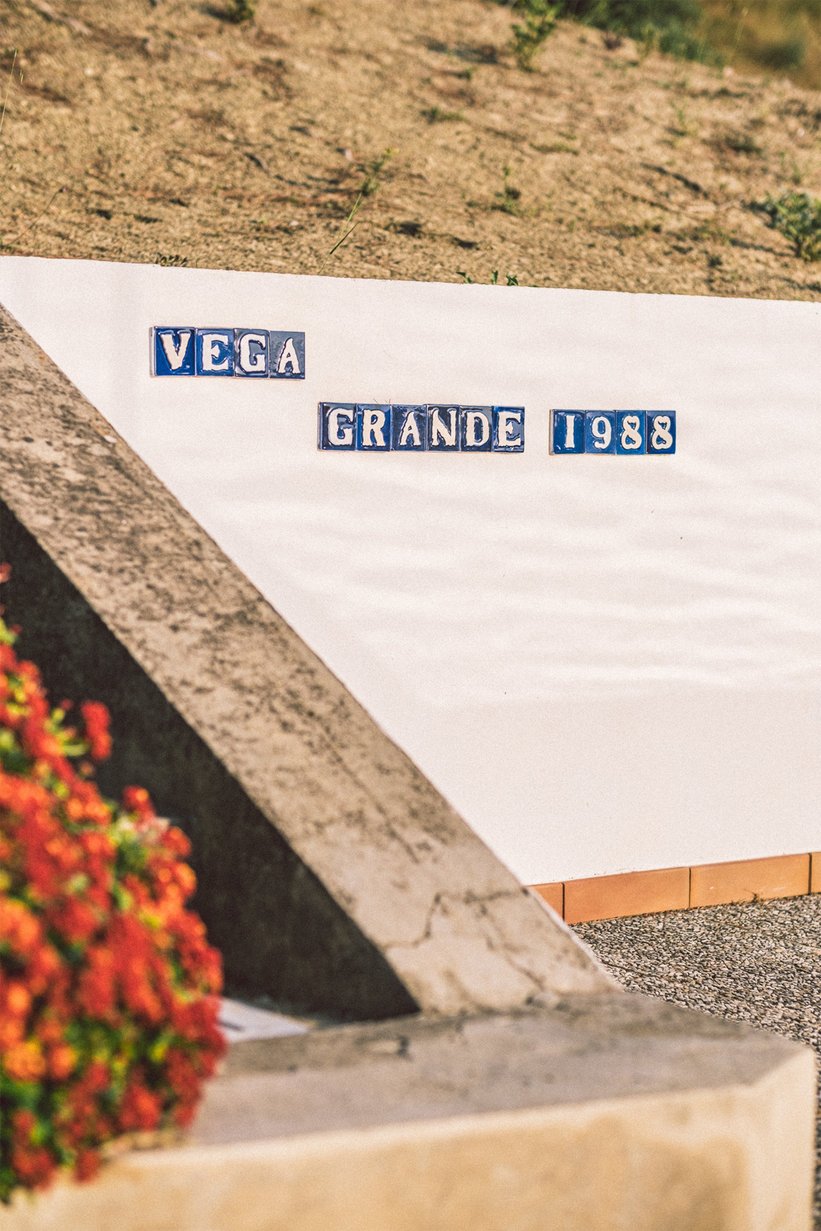
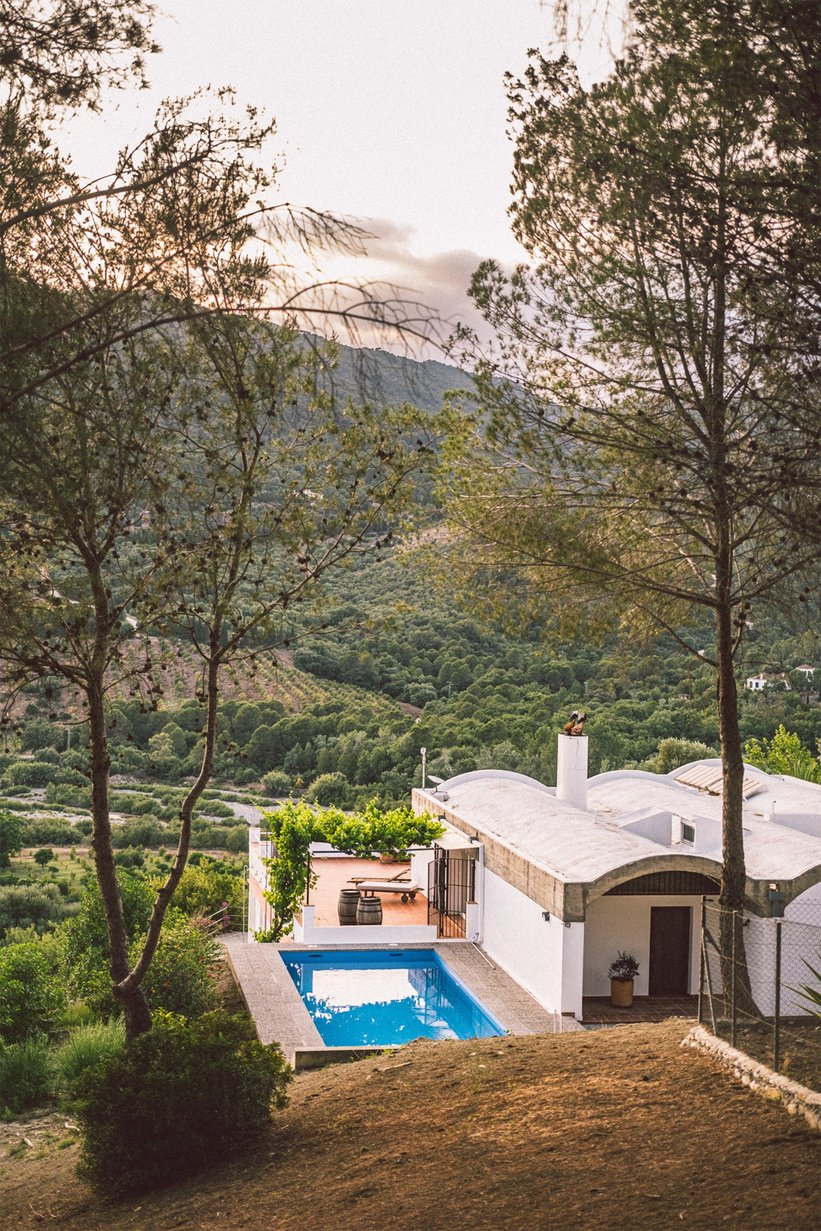
To my right, behind the oldest living thing on the ‘finca’, which is a 650 year-old olive tree, the olive groves are located. It hasn’t been raining that much this year, so I don’t expect a good harvest. “In the midnight heat, the traffic roars , the sirens scream, you look at the faces, it’s just like a dream” - Glenn briefly cuts through the rustle of the of the palm tree leaves and the buzz of bumblebees that seem to live in the bougainvilleas.
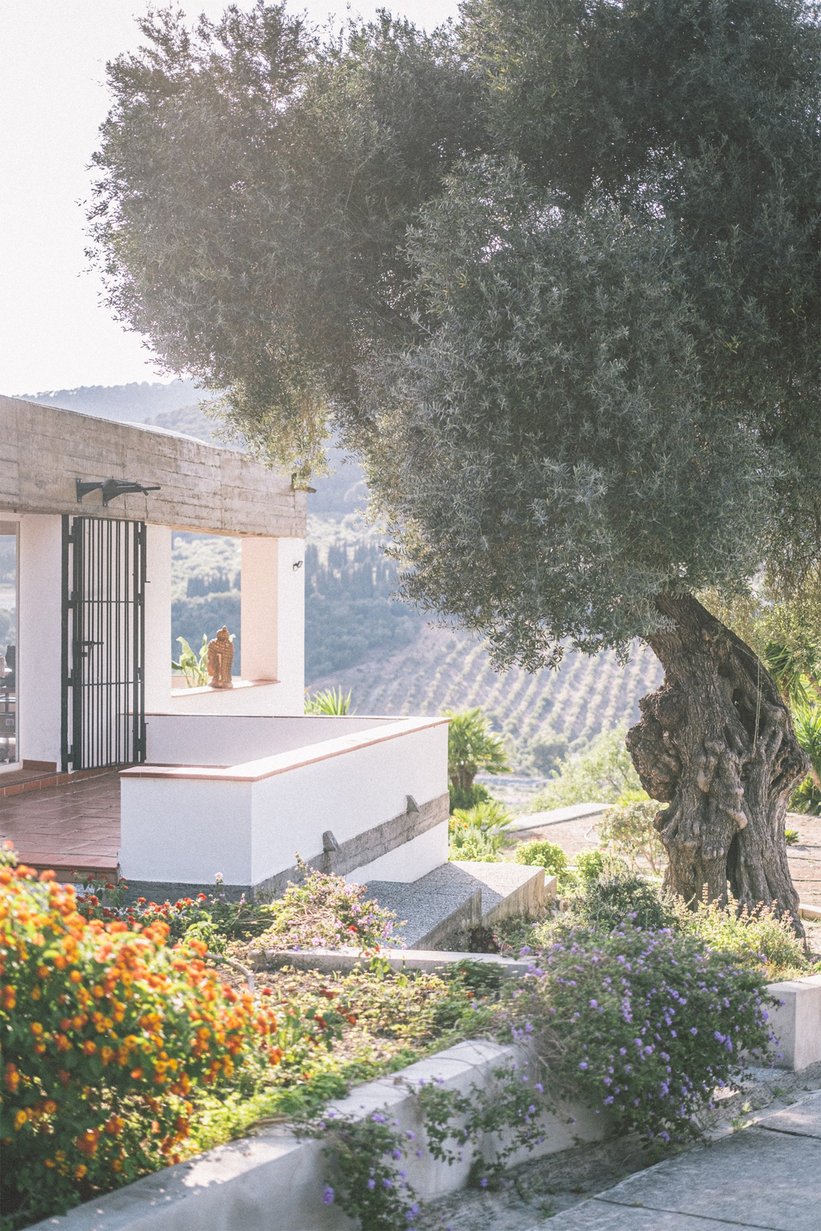
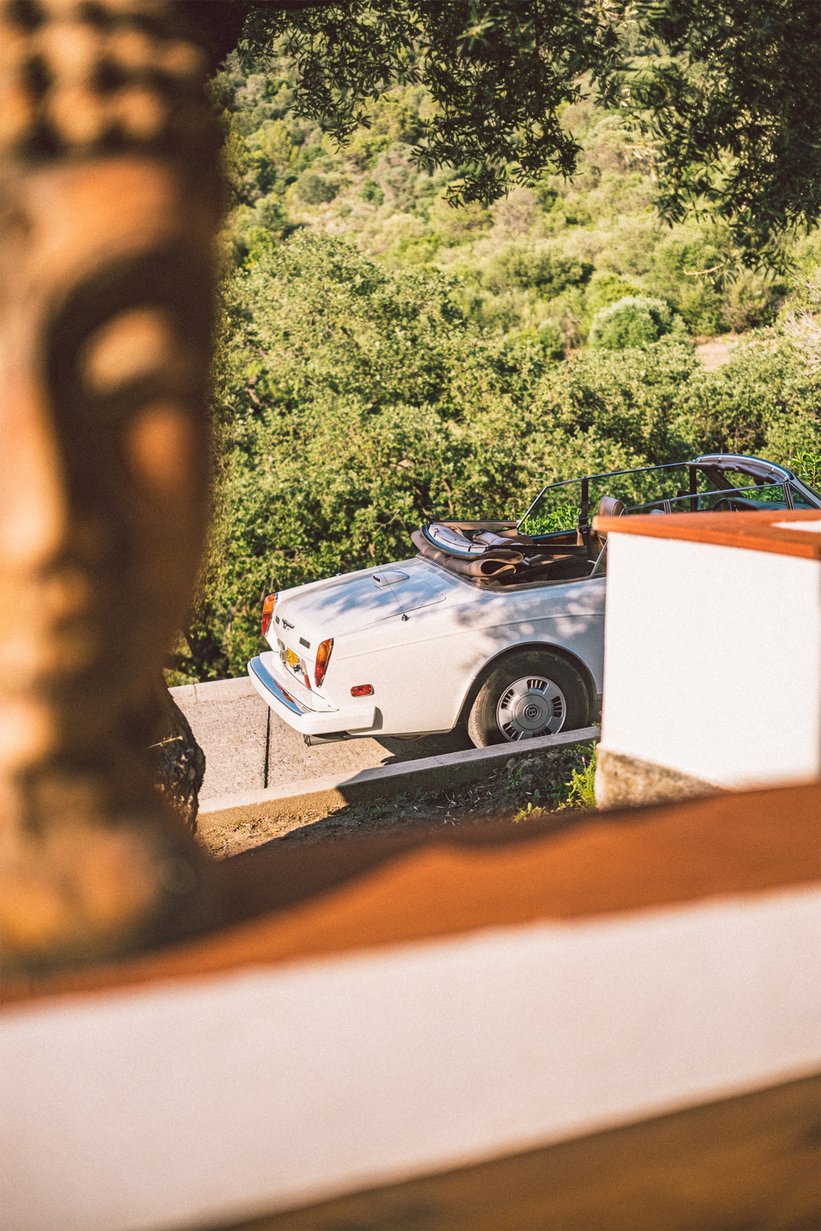
In the distance, on the other side of the river, only visible because of its sheer size, lies a gigantic mansion built in that typical Spanish-moorish blend of architectural styles. White walls, columns, roofs covered in sand coloured tile. I’m aware that it has a huge pool, a tennis court and god knows what other luxuries located inside, but at night all the windows always remain black. For years no one ever comes. I find that equally sad and mysterious. I turn around and face the modest-by-comparison building from which the music trickles.
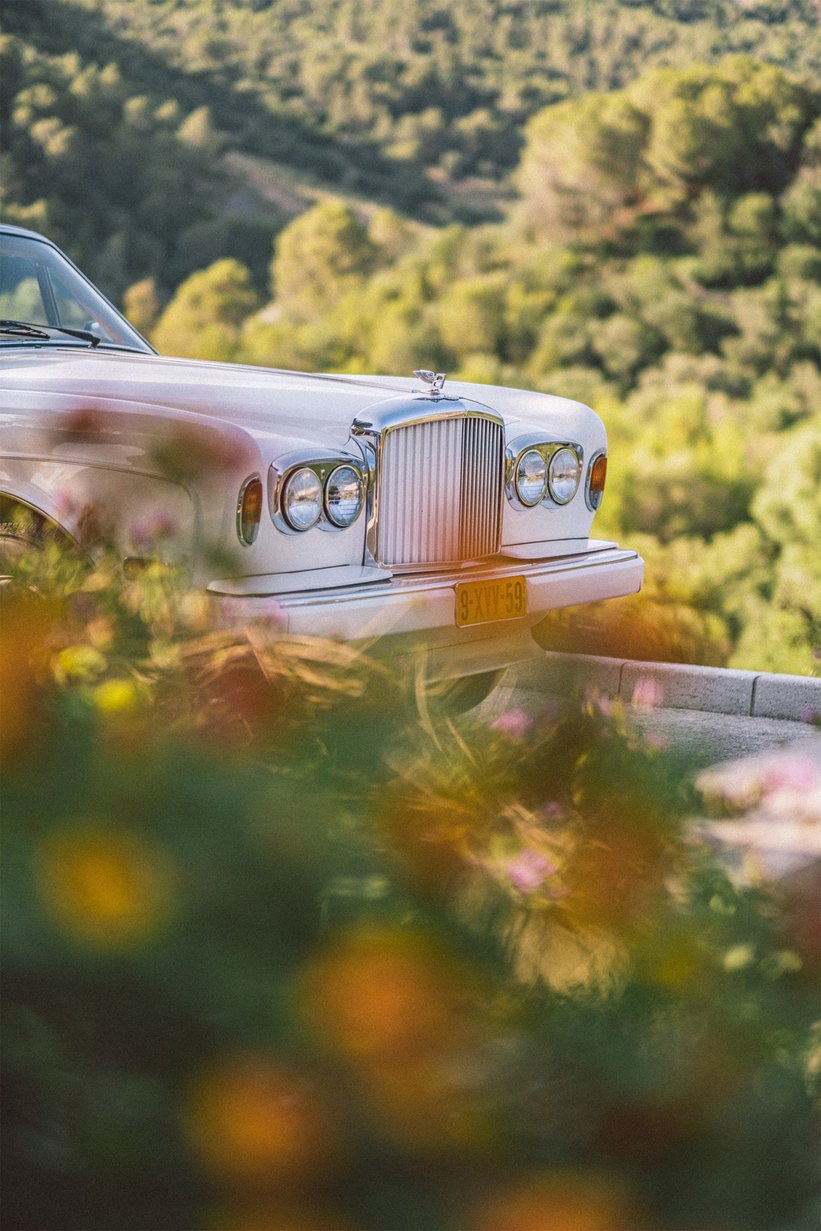
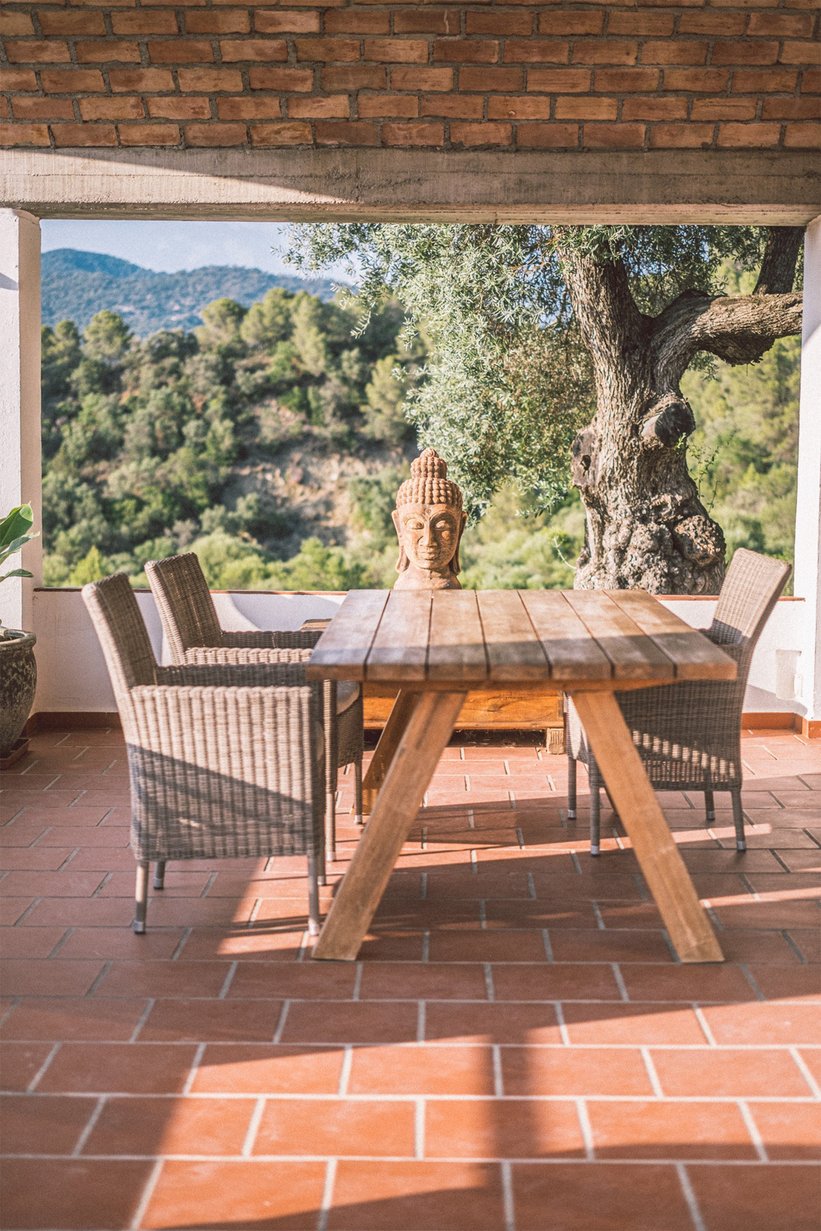
Although from the top of the property it can look a bit like a low-slung bunker, it remains light and modern compared to traditional houses of the area. Construction finally finished a couple of years ago, in 1988, but it was designed by one of Le Corbusier’s disciples a bit earlier. I’m not sure which one. I walk inside and admire the way he was able to create a space filled with light, with perfect proportions, but also one that offers enough shade so that it never feels too warm inside.
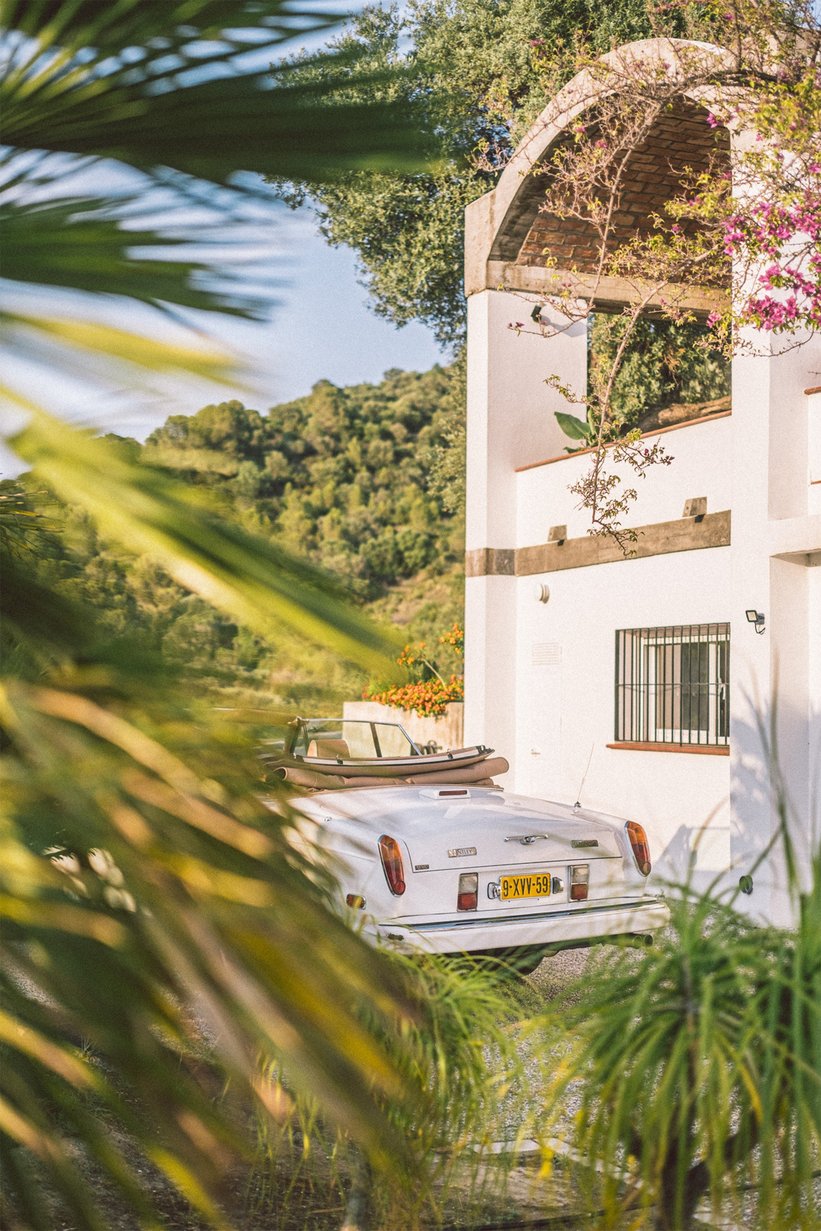
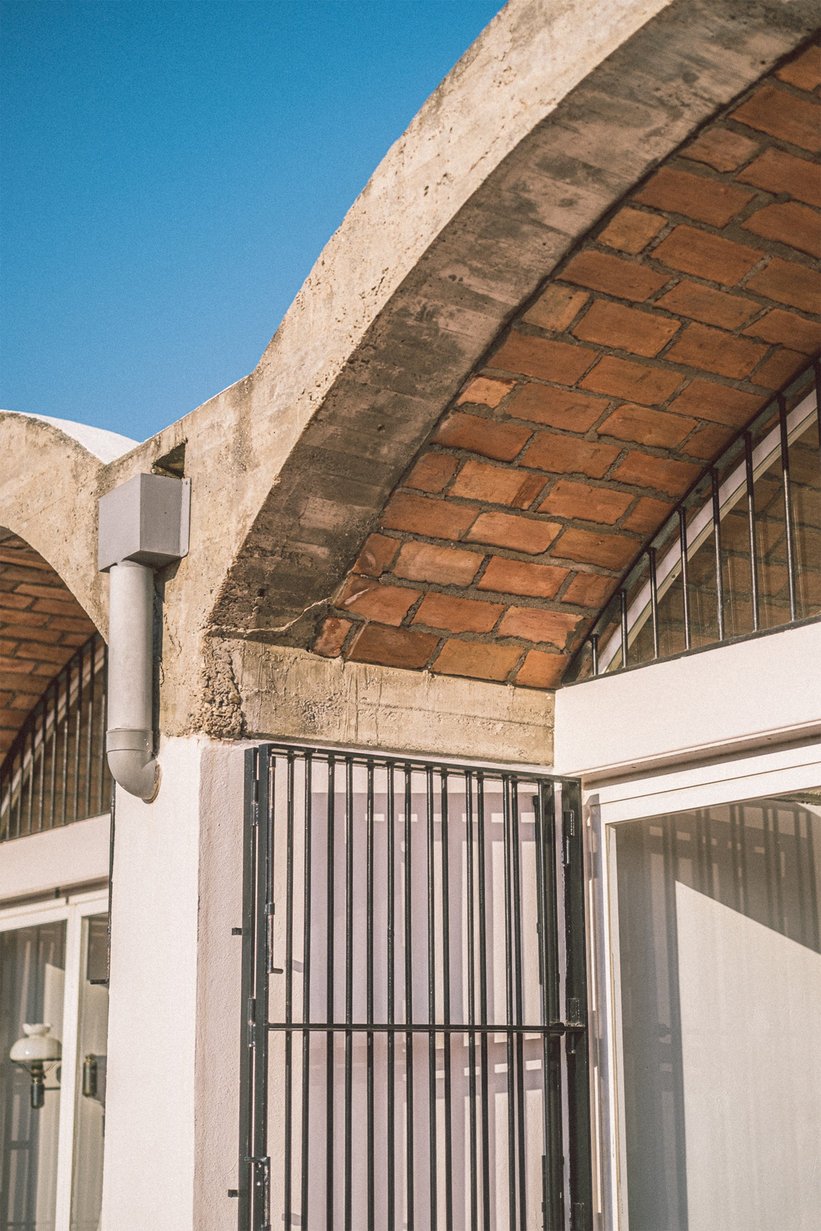
I always found interesting the way he managed to blend traditional brick, white washed walls and raw, exposed concrete with glass. The overall concept feels cohesive but also eclectic. Soft architectural shapes like the half-spherical roof structure are complimented by the perfect, angular, modernist elements like the fireplace, or simply how low and long the proportions of each room feel. I stop by the library to lie down on one Le Corbs’ Chaise longue, à réglage continu, which the master designed in 1928 and yet appears contemporary years later. Glenn is getting almost too loud at this point, singing “You're still just a face in the crowd.” Time to turn him off, lock up and head to the car. I got your point Glenn, I did. Let’s drive to the city.
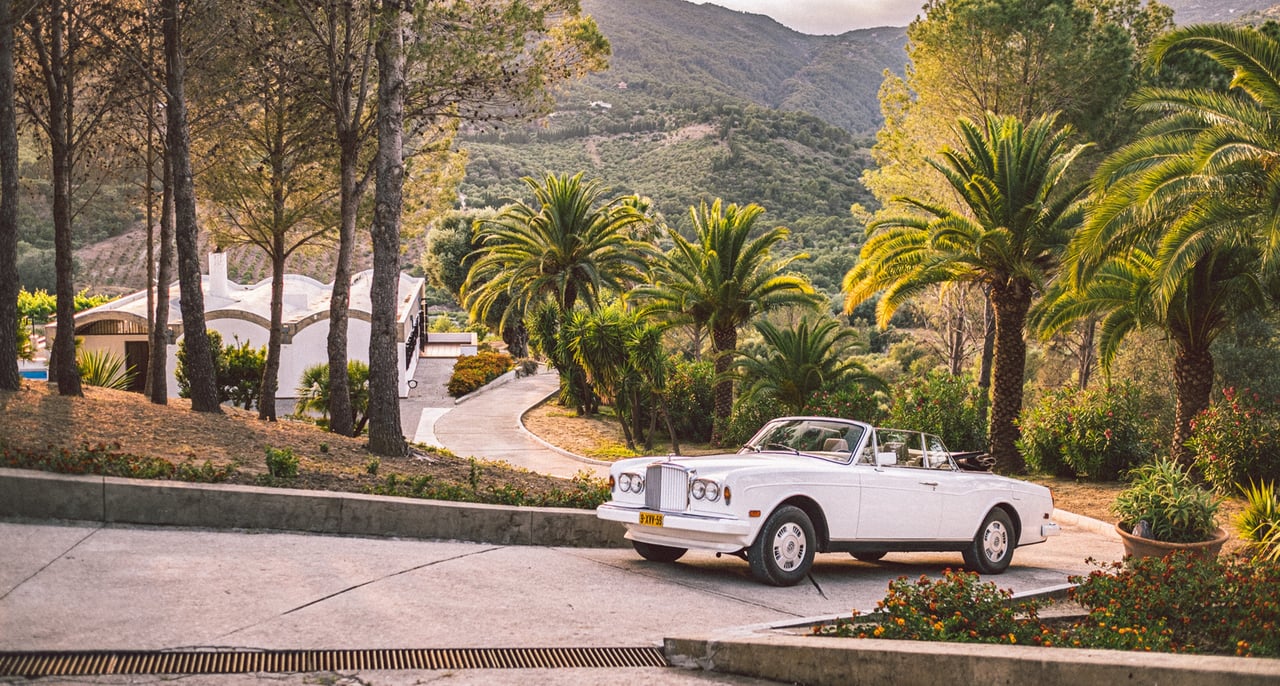
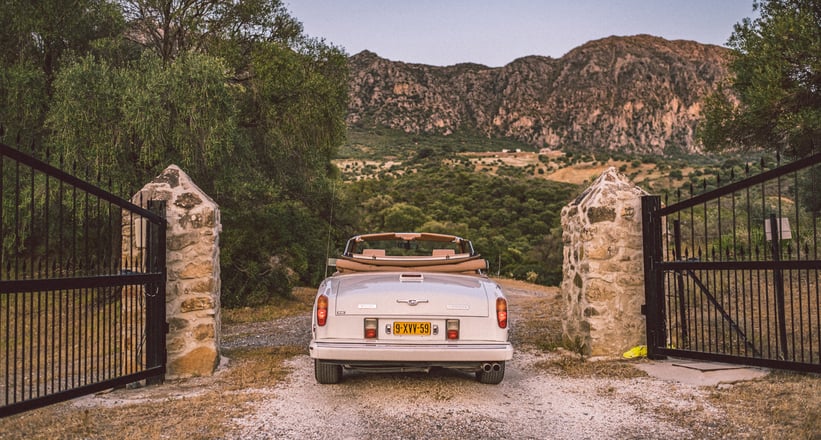
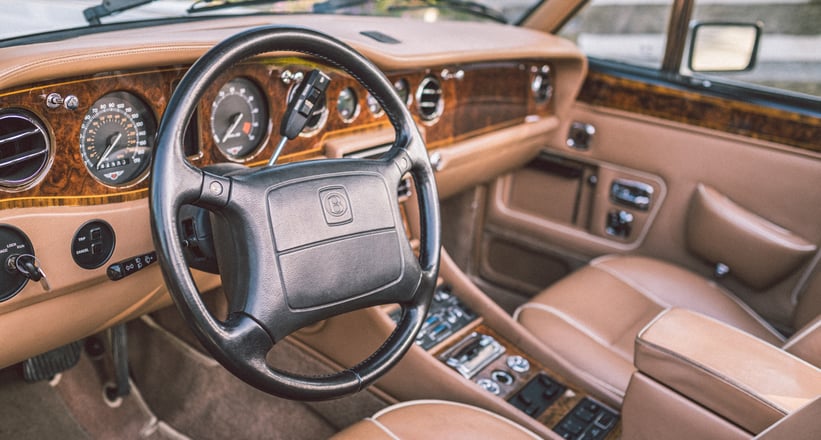
The Contintinental always feels like the visual cherry on top of the overall Andalusian tableau I created here. The slightly rough scenery of the Sierra Crestalina National Park, the soft but brutal shape of the main house, and then, the palatial, white, opulent Bentley. Incidentally, a car that is almost indistinguishable for the ‘average Joe’ from its sister car, the Rolls-Royce Corniche, but with around 75 series four examples ever made, it’s so much more desirable and exclusive. Which is why I like it.
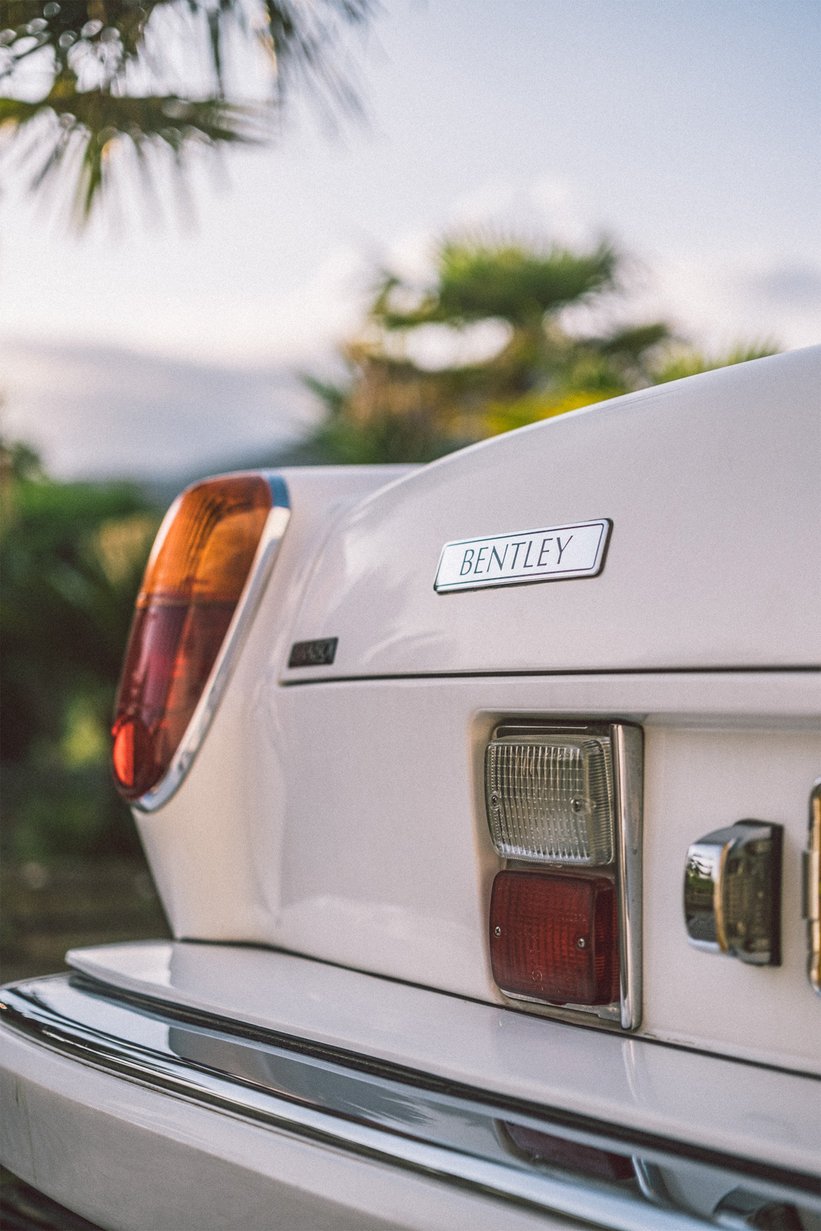
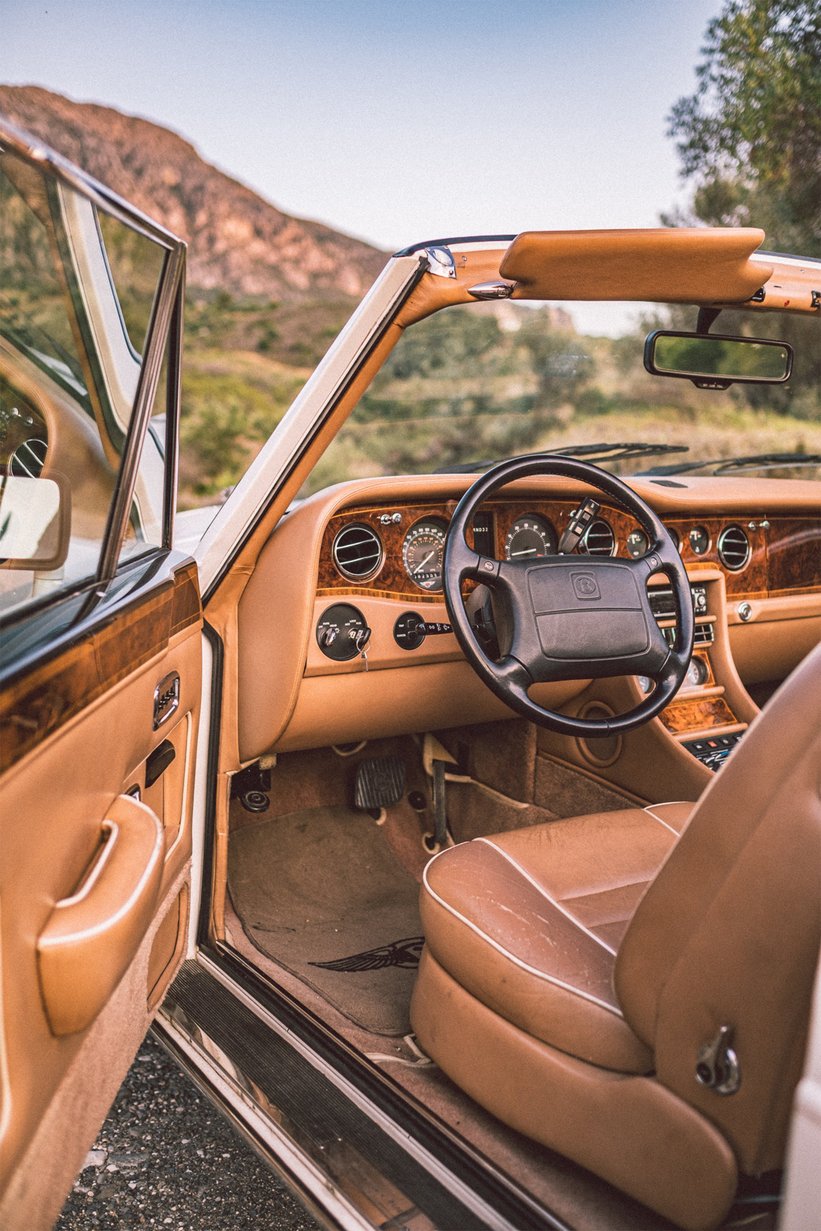
I pop a Cameron de la Isla cassette into the onboard radio (you thought it’d be Phil Collins, didn’t you?), start it up and point its nose up the driveway to head towards Marbella. Its six ‘and three quarters’ V8 is whisper silent, just like in its Rolls Royce sibling, but produces enough torque and power for the white beast to swing its tail out from very low revs on the gravel tracks of the farm. It is also supremely comfortable. Riding on roughly the same kind of hydropneumatics that Citroën uses for their cars, it floats over crests and bumps and small potholes created by rain water flowing down the tracks, like a thick lambswool magic carpet riding on a cloud of white cotton candy.
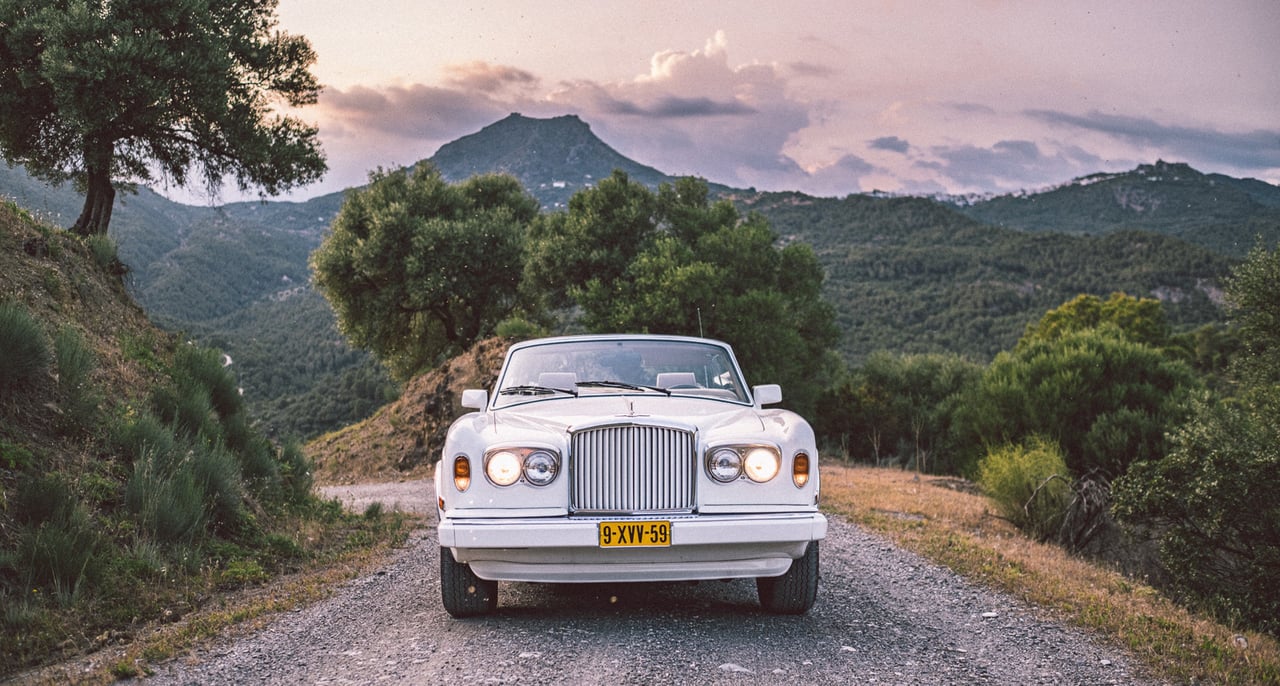
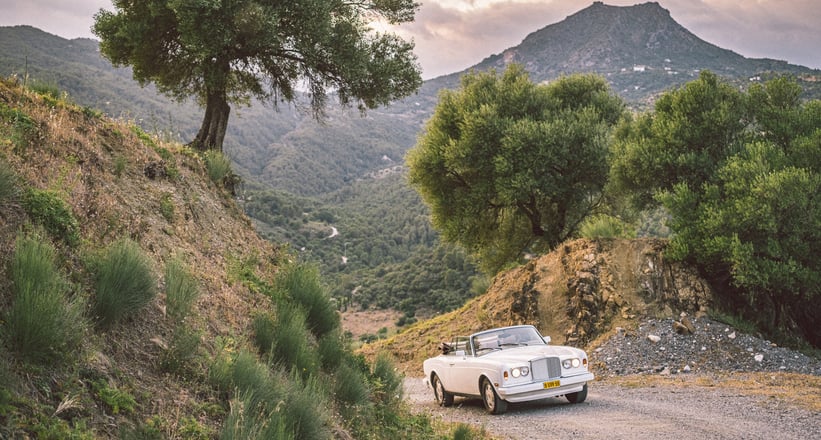
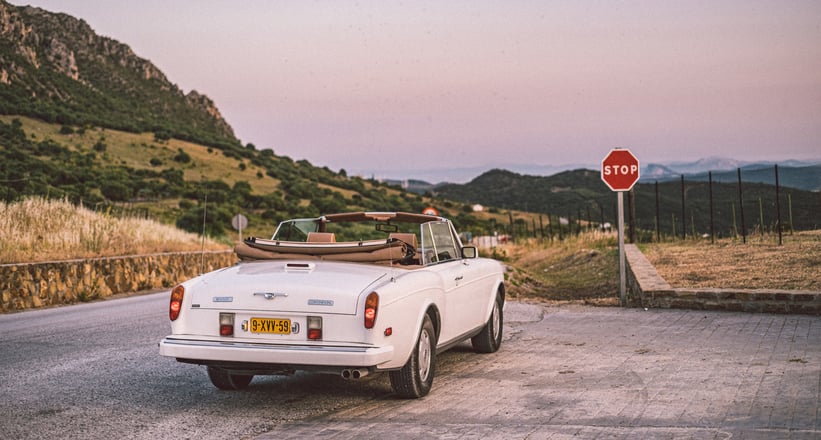
The power figures are irrelevant, the steering is so vague it relaxes me immediately and, although the urgency of the torque reassures me that “we will get there”, I quickly disappear into my thoughts. This Bentley is no sports car. It surely is the last of a breed of cars that were made just to simply be comfortable. Big tires, soft suspension, plush seats and brakes that will cook themselves faster than the clapping on the flamenco classic “Como el agua” if you don’t watch the speed while going downhill. It is a heavy car, after all. But, when I hold it on the power in corners using throttle to steer instead of swinging the wheel, I always find it surprisingly agile. Just like water.
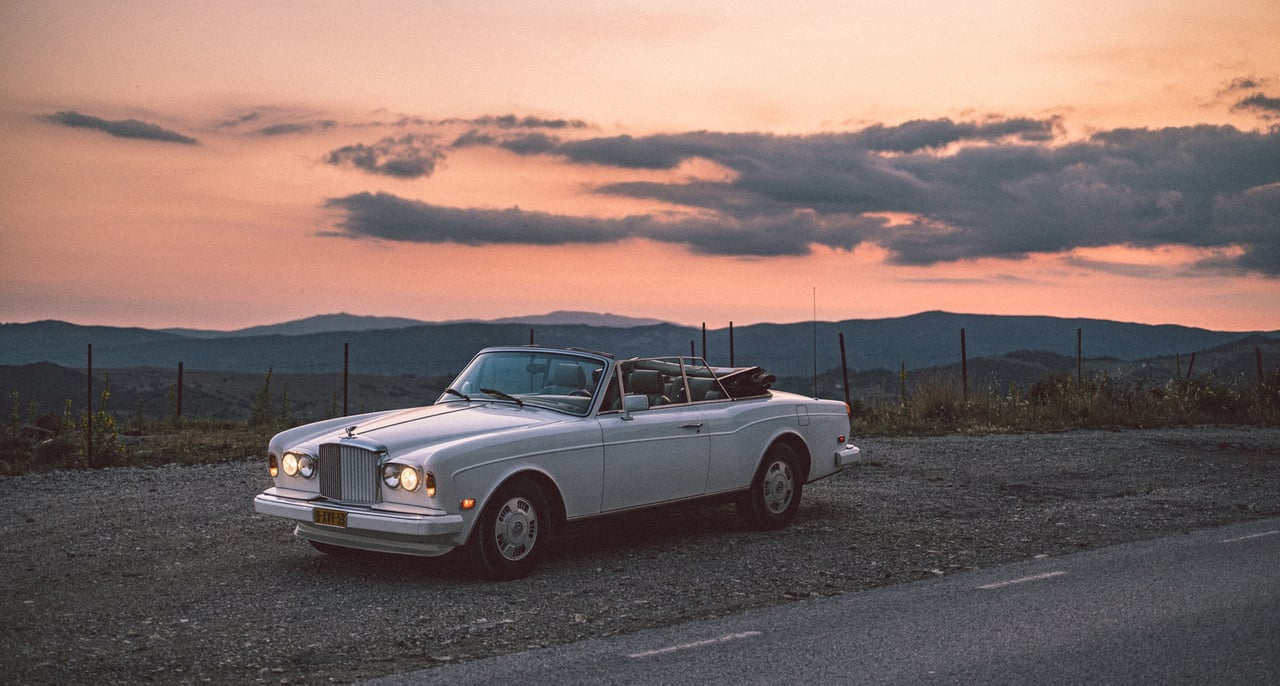
The blue hour of twilight is my panoramic roof, the air is still warm from the day’s sunshine. The Rock of Gibraltar looms in the distance, surrounded by mist rising from the sea. I can’t help but wonder what this new decade - the 90’s - will bring, but for now Marbella’s Golden Mile awaits!
Photos by Błażej Żuławski





























